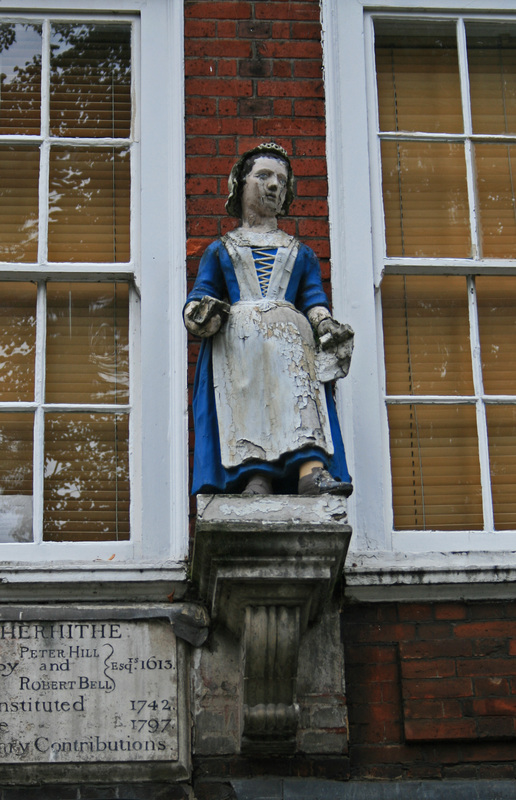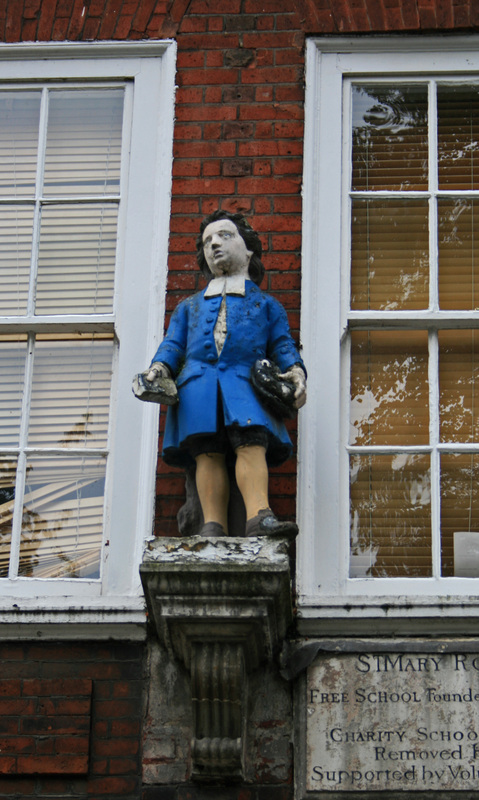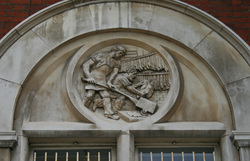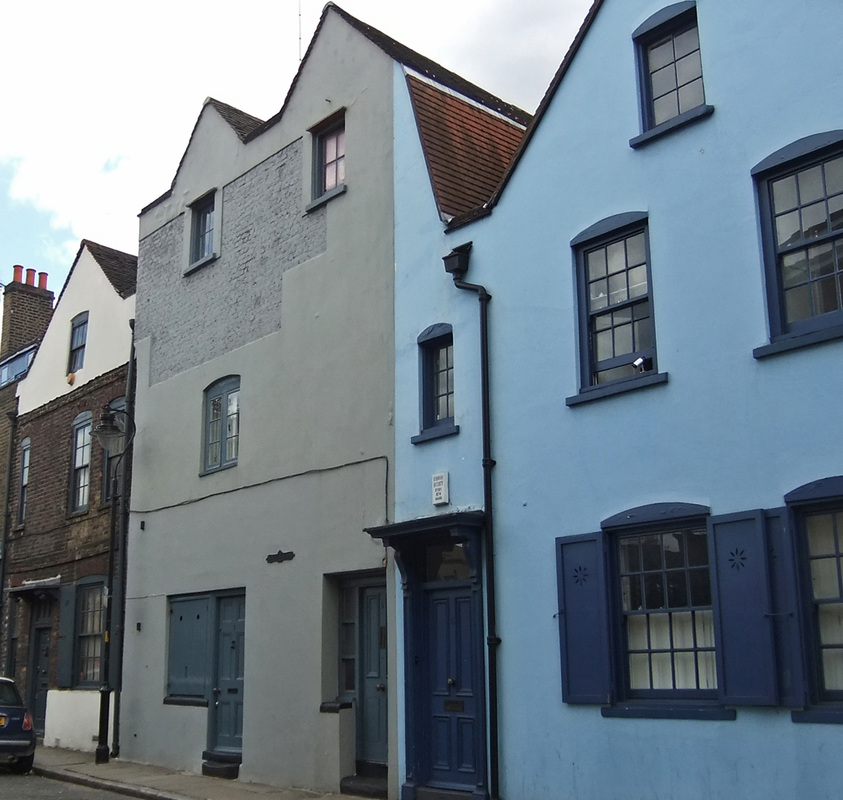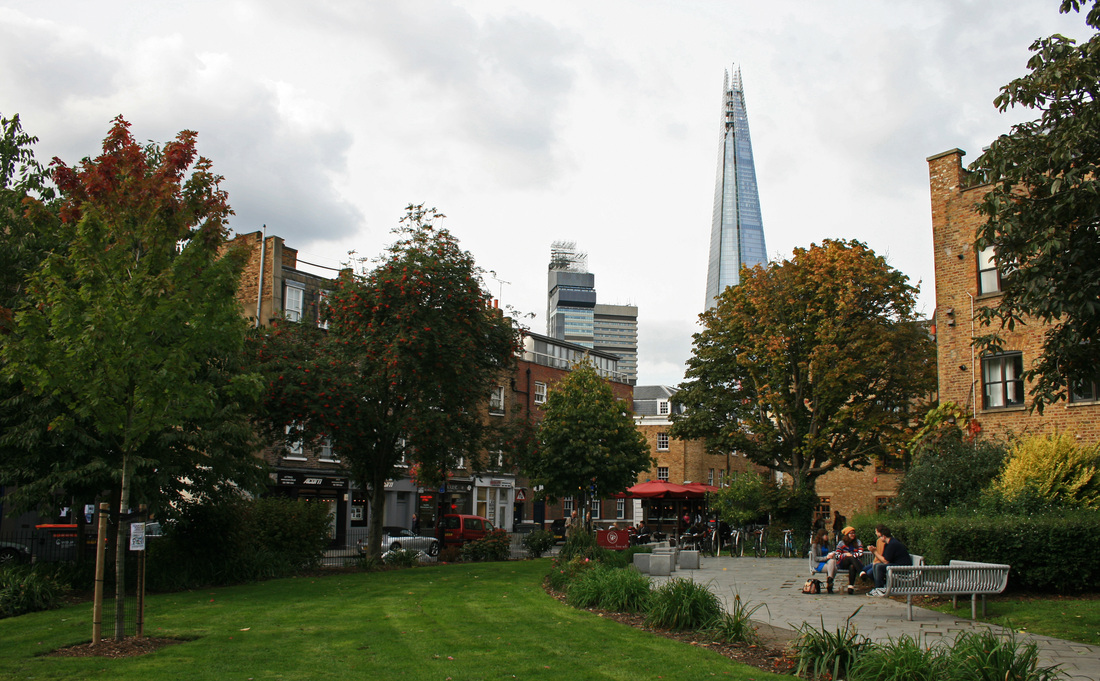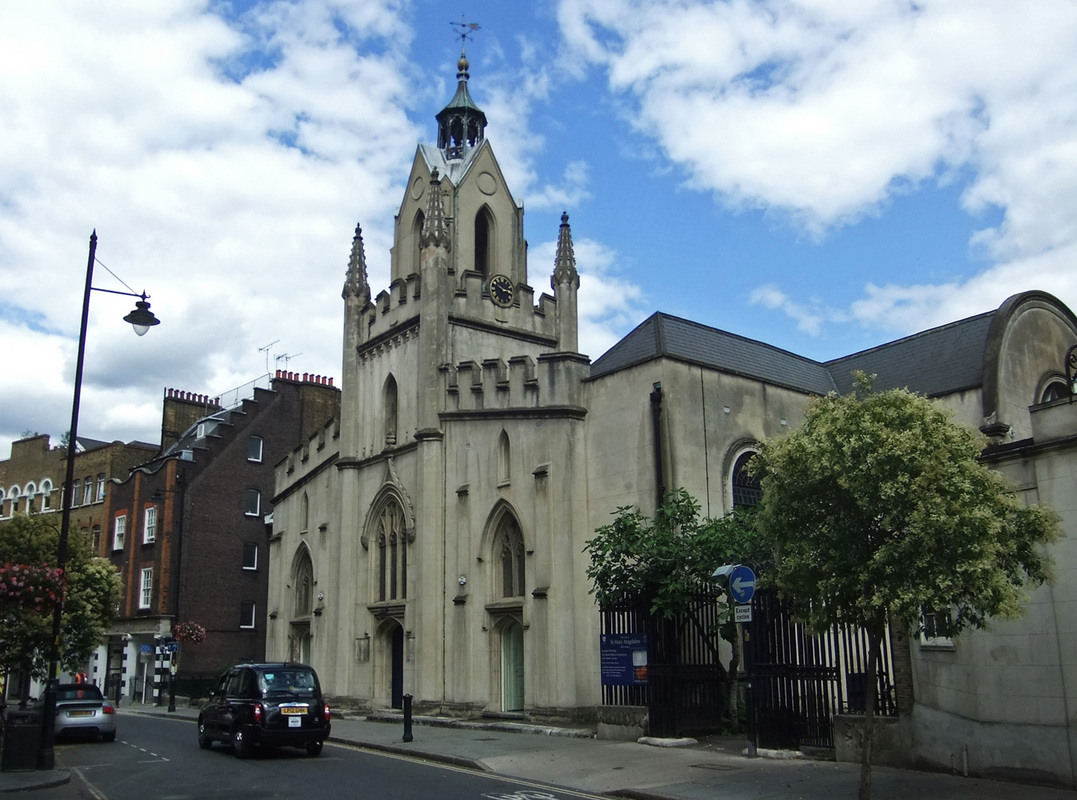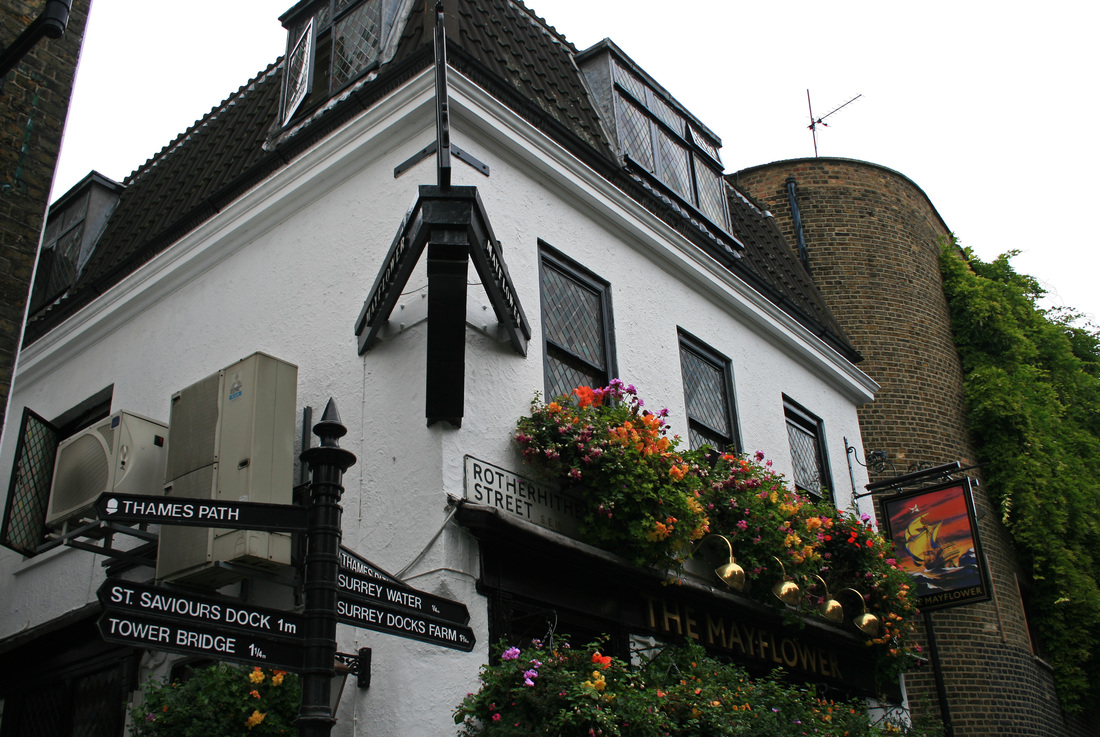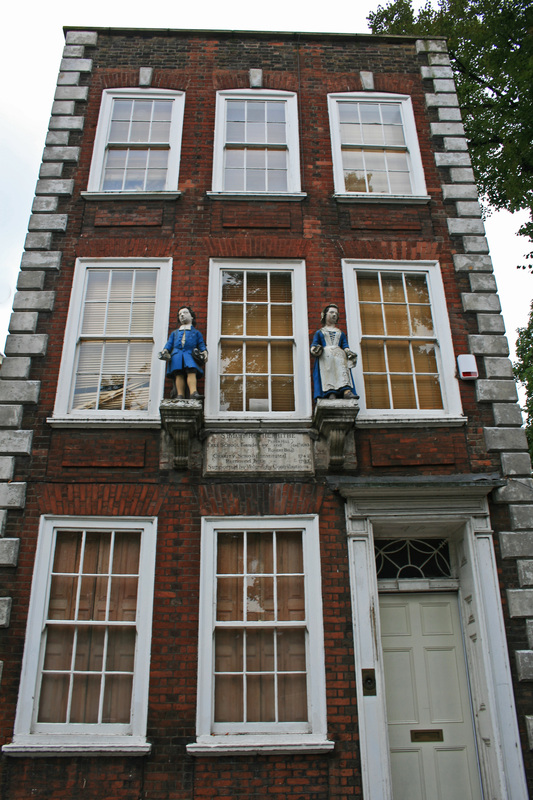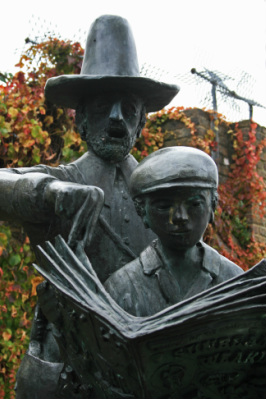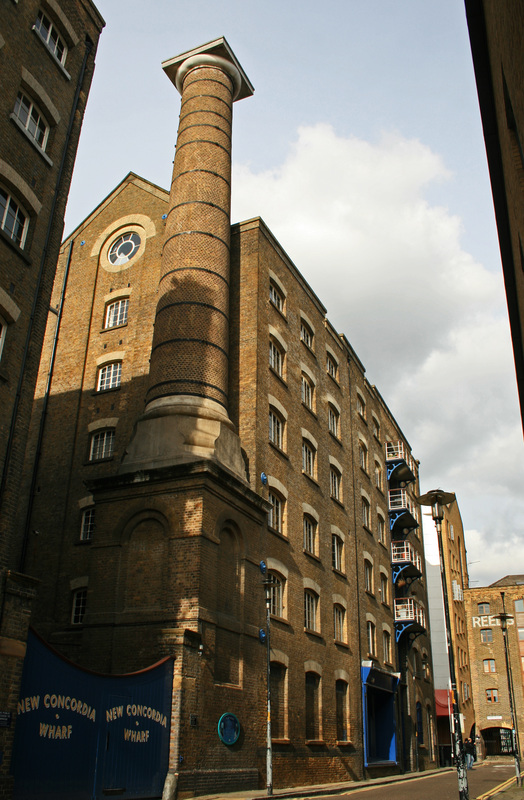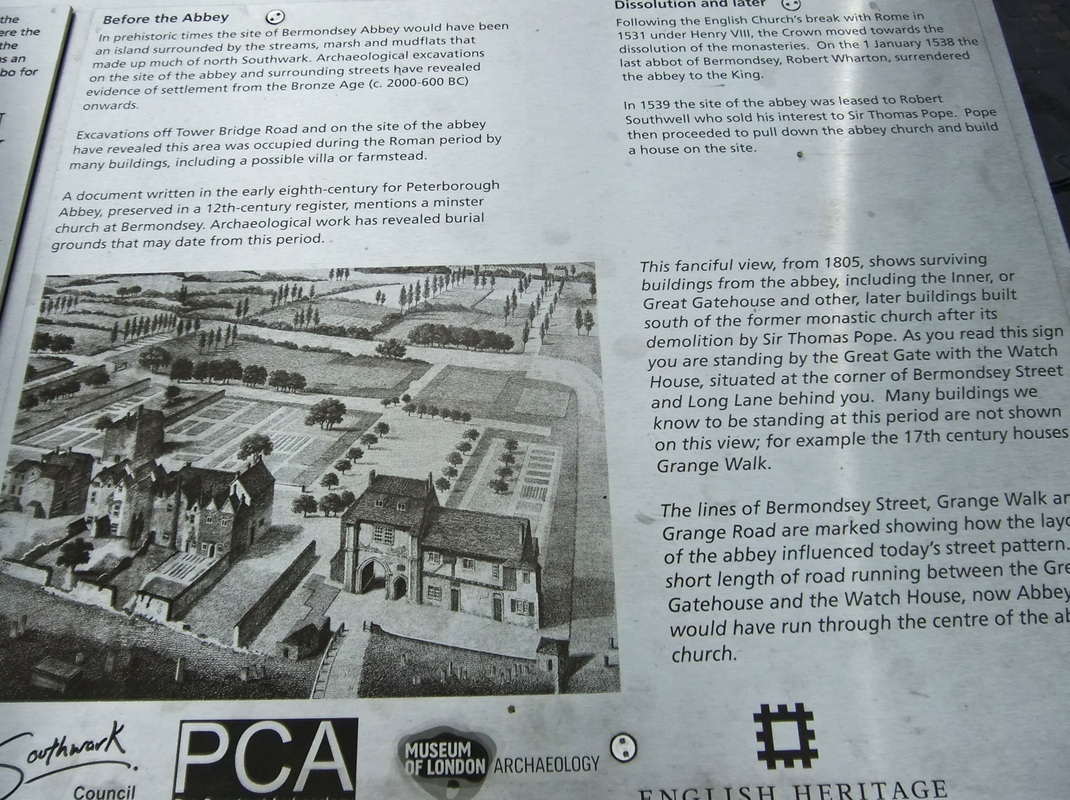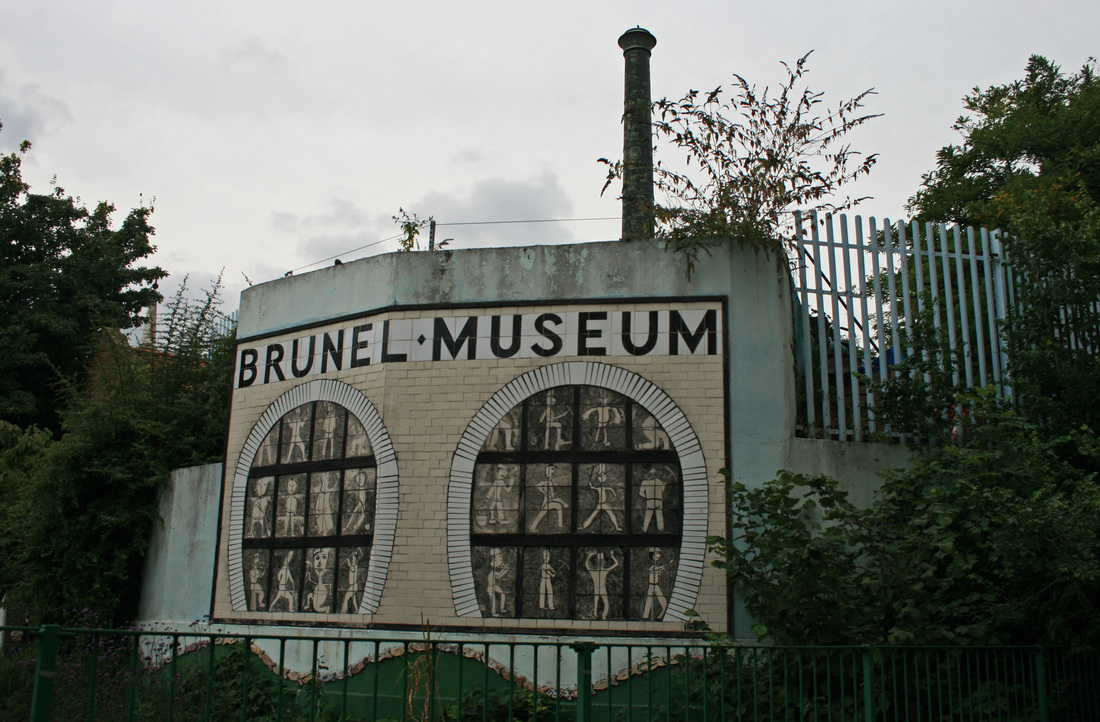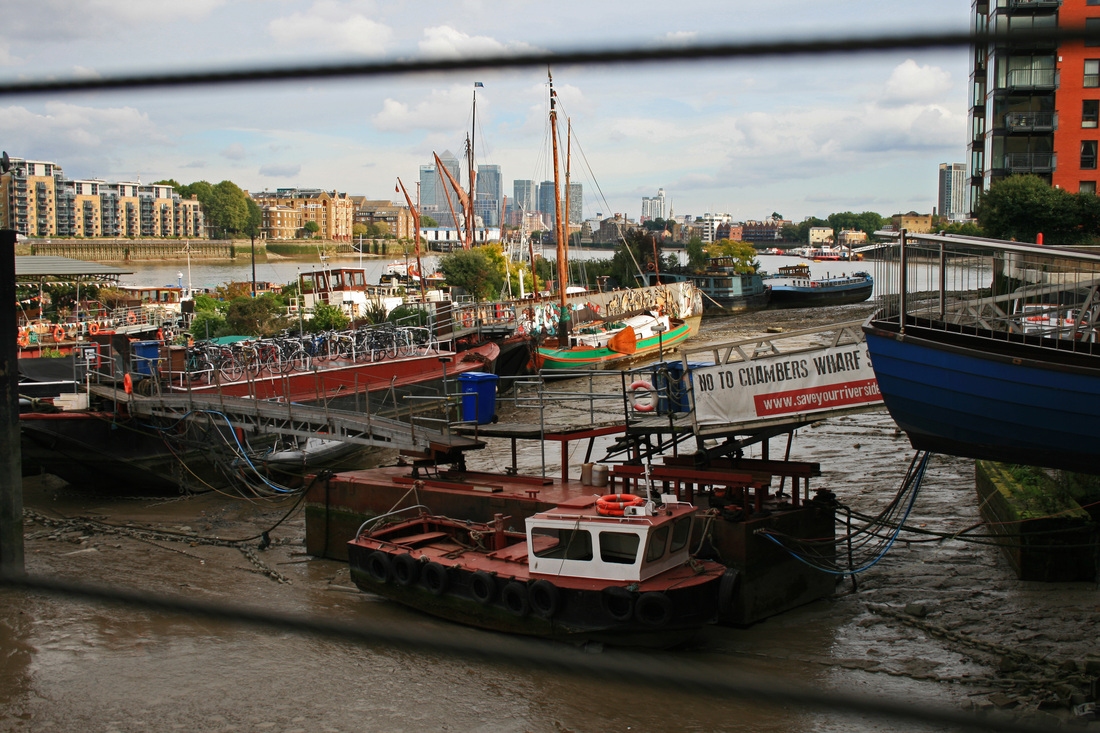Did you know?
During the 19th century, Bermondsey
was London's principle leather-working centre.
During the 19th century, Bermondsey
was London's principle leather-working centre.
Did you know?
In 1843, Christy & Co was the largest
hat maker in the world. The chemicals
used made the workers tremble .
In 1843, Christy & Co was the largest
hat maker in the world. The chemicals
used made the workers tremble .
|
Go over the new vocabulary at the end
We finish at Rotherhithe where we relax over a coffee while we go over then new vocabulary together. Ask your teacher and guide any questions. |
Rotherhithe Station is on the Overground Line. It is easy to change and go to any of the mainline stations. |
History notes will be given to you at the end.
|
Did you know?
Charles Dickens used Jacob's Island in his book, Oliver Twist to describe the poverty in London. |
